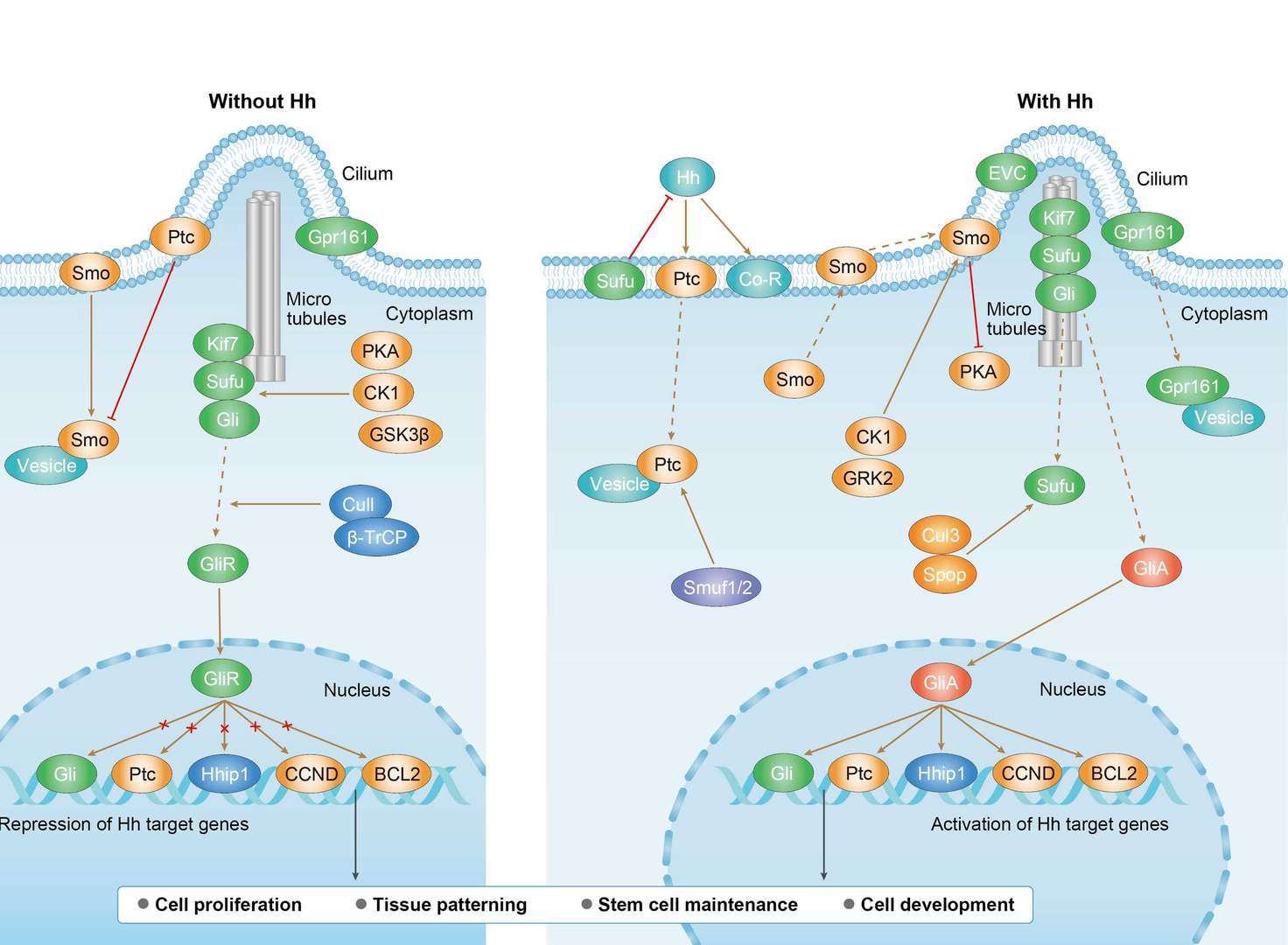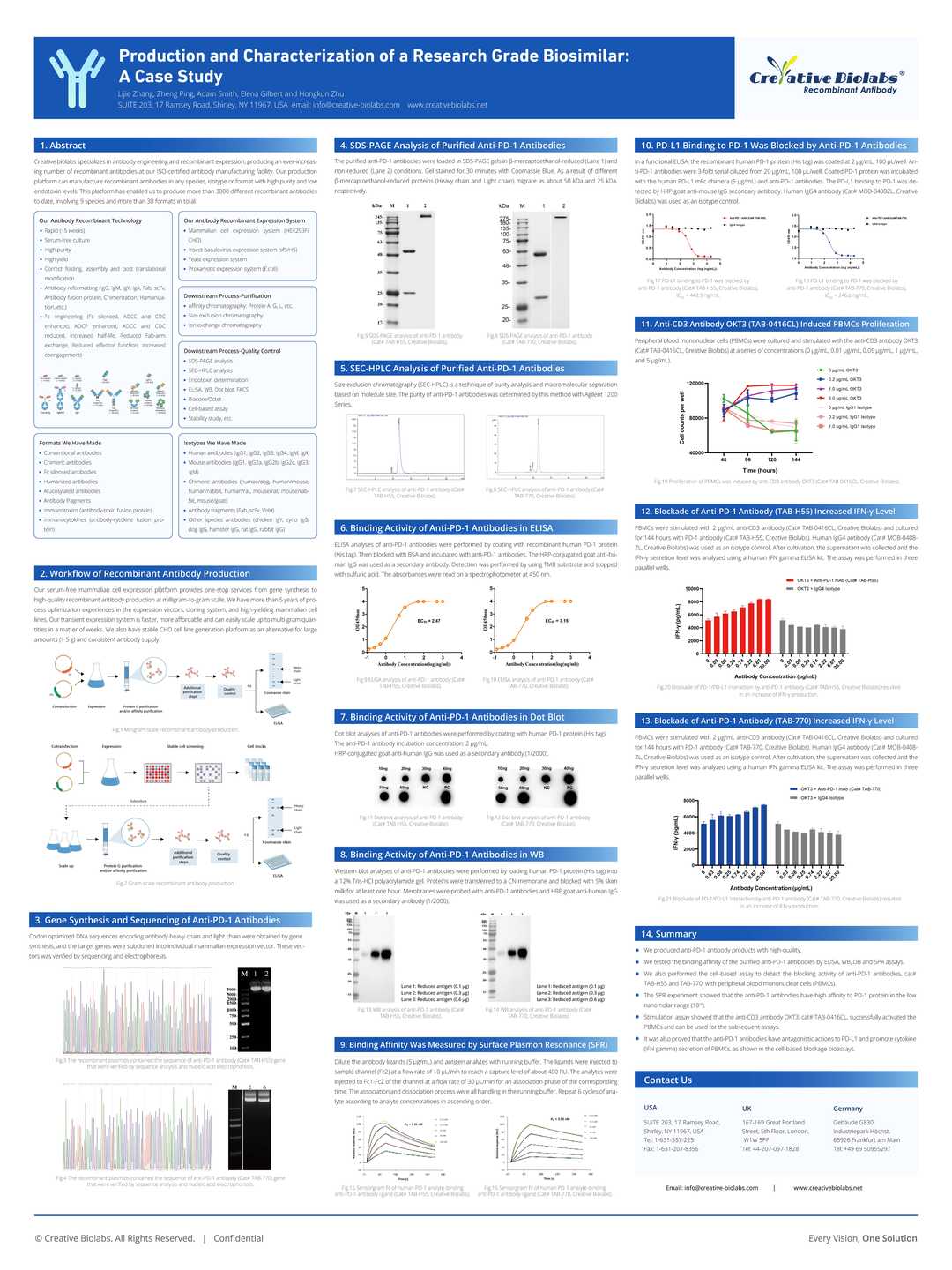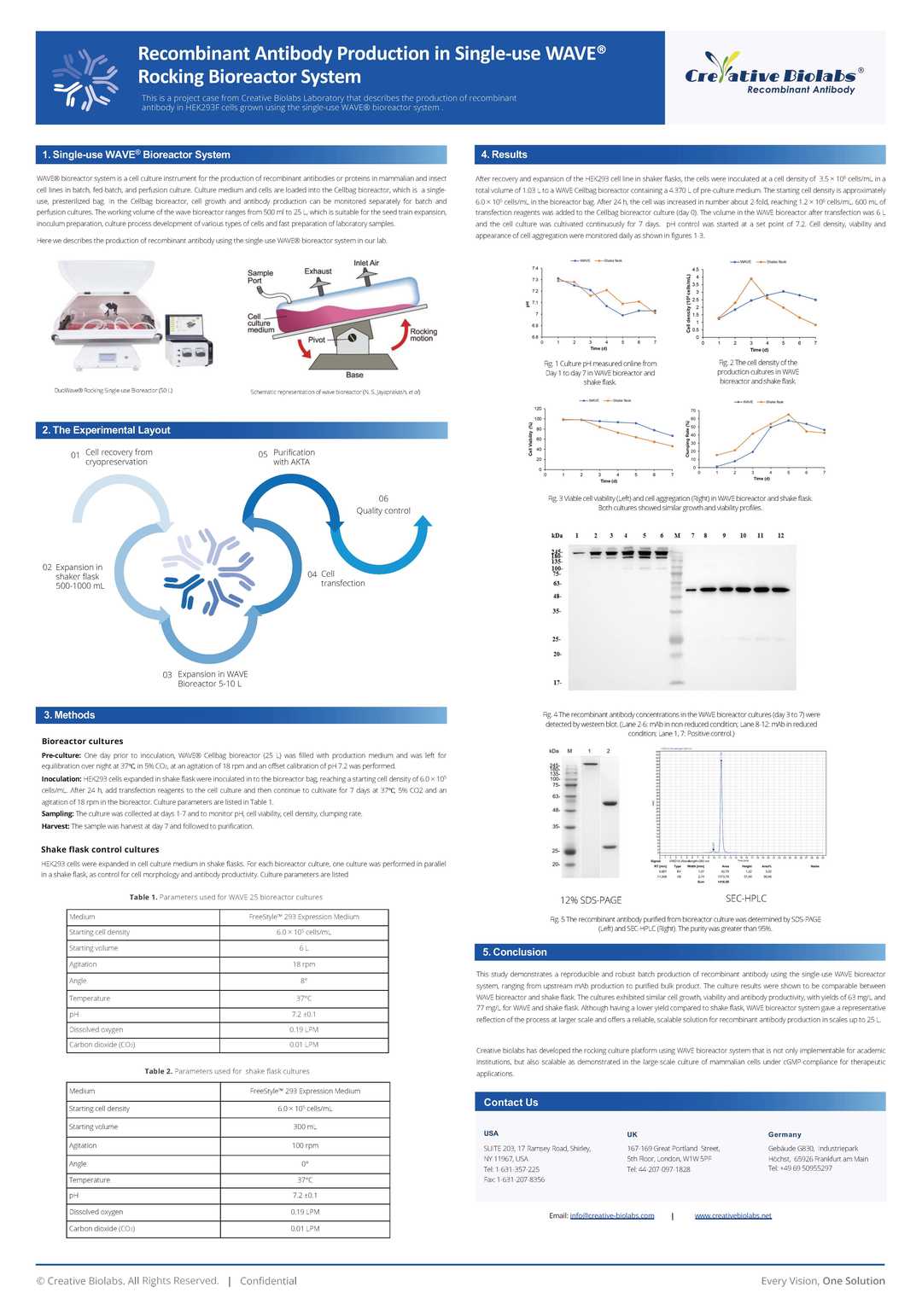Rabbit Anti-CCND3 Recombinant Antibody (VS3-CJ865)
CAT#: VS3-CJ865
This product is a rabbit antibody that recognizes human, and mouse CCND3.







Specifications
- Immunogen
- Recombinant protein
- Host Species
- Rabbit
- Type
- Rabbit IgG
- Specificity
- Human, Mouse CCND3
- Species Reactivity
- Human, Mouse
- Applications
- WB, ICC, IF, FC
- Conjugate
- Unconjugated
Product Property
- Purification
- Protein A affinity purified
- Purity
- >95% as determined by SDS-PAGE
- Format
- Liquid
- Buffer
- 40% Glycerol, 1% BSA, TBS, pH7.4.
- Preservative
- 0.05% Sodium Azide
- Storage
- Store at 4°C for short term. Aliquot and store at -20°C for long term. Avoid repeated freeze/thaw cycles.
Applications
- Application Notes
- This antibody has been tested for use in Western Blot, Immunocytochemistry, Immunofluorescence, Flow Cytometry.
Target
- Alternative Names
- Cyclin D3
- Gene ID
- 896
- UniProt ID
- P30281
- Sequence Similarities
- Belongs to the cyclin family. Cyclin D subfamily.
- Cellular Localization
- Cytoplasm, Nucleus
- Post Translation Modifications
- Phosphorylation at Thr-283 by MAP kinases is required for ubiquitination and degradation by the DCX(AMBRA1) complex.
Ubiquitinated by the DCX(AMBRA1) complex during the transition from G1 to S cell phase, leading to its degradation: ubiquitination is dependent on Thr-283 phosphorylation (PubMed:33854235, PubMed:33854239).
The DCX(AMBRA1) complex represents the major regulator of CCND3 stability during the G1/S transition (PubMed:33854235, PubMed:33854239).
Polyubiquitinated by the SCF(FBXL2) complex, leading to proteasomal degradation (PubMed:22020328).
- Protein Refseq
- NP_001129489.1; NP_001129597.1; NP_001129598.1
- Function
- Regulatory component of the cyclin D3-CDK4 (DC) complex that phosphorylates and inhibits members of the retinoblastoma (RB) protein family including RB1 and regulates the cell-cycle during G1/S transition (PubMed:8114739).
Phosphorylation of RB1 allows dissociation of the transcription factor E2F from the RB/E2F complex and the subsequent transcription of E2F target genes which are responsible for the progression through the G1 phase (PubMed:8114739).
Hypophosphorylates RB1 in early G1 phase (PubMed:8114739).
Cyclin D-CDK4 complexes are major integrators of various mitogenenic and antimitogenic signals (PubMed:8114739).
Component of the ternary complex, cyclin D3/CDK4/CDKN1B, required for nuclear translocation and activity of the cyclin D-CDK4 complex (PubMed:16782892).
Shows transcriptional coactivator activity with ATF5 independently of CDK4 (PubMed:15358120).
Customer Review
There are currently no Customer reviews or questions for VS3-CJ865. Click the button above to contact us or submit your feedback about this product.
Submit Your Publication
Published with our product? Submit your paper and receive a 10% discount on your next order! Share your research to earn exclusive rewards.
Related Signaling Pathways
Downloadable Resources
Download resources about recombinant antibody development and antibody engineering to boost your research.
Product Notes
This is a product of Creative Biolabs' Hi-Affi™ recombinant antibody portfolio, which has several benefits including:
• Increased sensitivity
• Confirmed specificity
• High repeatability
• Excellent batch-to-batch consistency
• Sustainable supply
• Animal-free production
See more details about Hi-Affi™ recombinant antibody benefits.
Datasheet
MSDS
COA
Certificate of Analysis LookupTo download a Certificate of Analysis, please enter a lot number in the search box below. Note: Certificate of Analysis not available for kit components.
Protocol & Troubleshooting
We have outlined the assay protocols, covering reagents, solutions, procedures, and troubleshooting tips for common issues in order to better assist clients in conducting experiments with our products. View the full list of Protocol & Troubleshooting.
Isotype Control
- CAT
- Product Name
Secondary Antibody
- CAT
- Product Name
See other products for "CCND3"
Select a product category from the dropdown menu below to view related products.
| CAT | Product Name | Application | Type |
|---|---|---|---|
| MOB-0111CT | Mouse Anti-CCND3 Recombinant Antibody (clone 7I5) | ELISA, WB | Mouse IgG1 |
| MRO-0414-CN | Rabbit Anti-CCND3 Recombinant Antibody (clone CBACN-165) | WB, IF, FC | Rabbit IgG |
| ZG-0448F | Mouse Anti-CCND3 Recombinant Antibody (ZG-0448F) | WB, ELISA | Mouse IgG |
| ZG-0793F | Mouse Anti-CCND3 Recombinant Antibody (clone DCS2.2) | WB, IP, IHC | Mouse IgG1 |
| VS7-HM316 | Mouse Anti-CCND3 Recombinant Antibody (clone CBL106HM) | WB, ELISA | Mouse IgG |
| CAT | Product Name | Application | Type |
|---|---|---|---|
| NEUT-265CQ | Mouse Anti-CCND3 Recombinant Antibody (clone CBL926) | FC, IF, IHC, IP, WB, Neut | Mouse IgG1 |
| CAT | Product Name | Application | Type |
|---|---|---|---|
| MOR-0516 | Hi-Affi™ Rabbit Anti-CCND3 Recombinant Antibody (clone DS516AB) | FC, IHC-P, WB | Rabbit IgG |
| CAT | Product Name | Application | Type |
|---|---|---|---|
| VS-0424-XY46 | AbPlus™ Anti-CCND3 Magnetic Beads (DCS2.2) | IP, Protein Purification | |
| VS-0724-YC1228 | AbPlus™ Anti-CCND3 Magnetic Beads (VS-0724-YC1228) | IP, Protein Purification |
| CAT | Product Name | Application | Type |
|---|---|---|---|
| VS-1024-XY149 | Mouse Anti-NHP CCND3 Recombinant Antibody (clone DCS-22) | WB, IHC, IP | Mouse IgG1, kappa |
| CAT | Product Name | Application | Type |
|---|---|---|---|
| VS-0325-XY336 | Anti-CCND3 Immunohistochemistry Kit | IHC | |
| VS-0525-XY1089 | Anti-Mouse CCND3 Immunohistochemistry Kit | IHC | |
| VS-0525-XY1088 | Anti-Human CCND3 Immunohistochemistry Kit | IHC |
Popular Products

Application: Neut, ELISA, IF, IP, FuncS, FC, ICC

Application: WB, IF, IP, Neut, FuncS, ELISA, FC

Application: FuncS, IF, Neut, ELISA, FC, IP, ICC

Application: FuncS, IF, Neut, ELISA, FC, IP, WB
-CB2006C17L-4.jpg)
Application: WB, ELISA
-2.png)
Application: WB, ELISA

Application: FC, IHC-Fr, IP, ELISA, Block

Application: ELISA, IHC, FC, IP, IF, Inhib

Application: ELISA, FC, Neut, Inhib

Application: Neut, FuncS, IHC, ELISA, FC, Inhib
For research use only. Not intended for any clinical use. No products from Creative Biolabs may be resold, modified for resale or used to manufacture commercial products without prior written approval from Creative Biolabs.
This site is protected by reCAPTCHA and the Google Privacy Policy and Terms of Service apply.










 Hedgehog Signaling Pathway
Hedgehog Signaling Pathway














